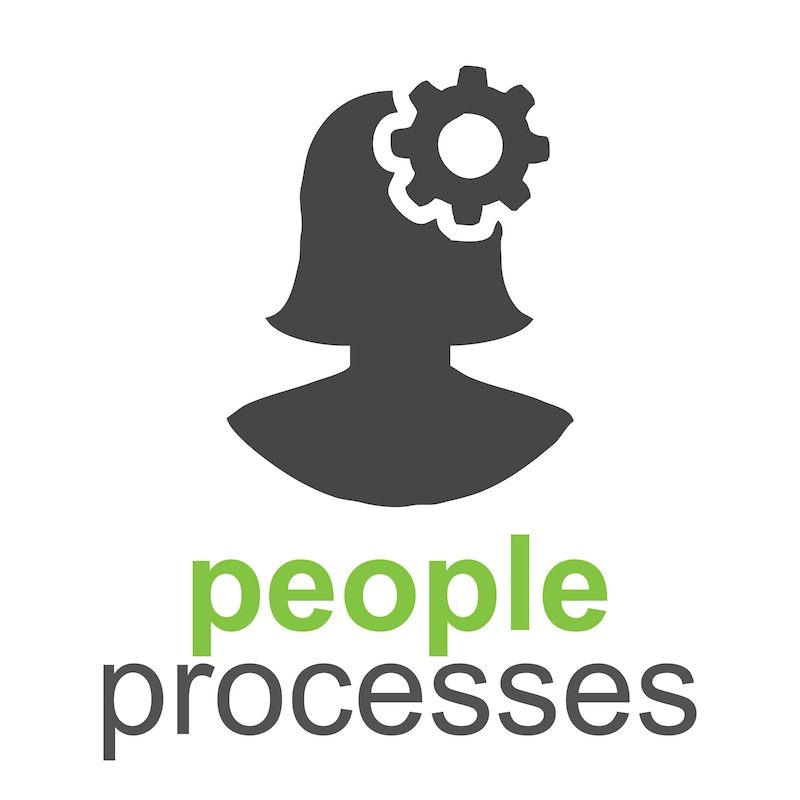
Shownotes
Introduction part 2
Most employment relations experts agree that employee handbooks are an essential part, if not the foundation, of effective human resources (HR) management and positive employee relations. Handbooks can also play a critical role in demonstrating employment law compliance. Properly used, employee handbooks:
- Communicate policies and procedures.
- Play a key role in the orientation process for new employees.
- Serve as a valuable employee relations vehicle for educating current and prospective employees.
- Contribute to uniform and consistent application, interpretation, and enforcement of company policies.
- Protect against claims of improper employer conduct.
While carefully drafted employee handbooks can be an important part of employee relations media, handbooks that are unskillfully or improperly drafted can create organizational and legal headaches. Courts increasingly view employee handbooks as binding contracts subject to judicial enforcement. Accordingly, employers must carefully review every policy and procedure contained in a handbook to minimize potential contract claims and be prepared to update them periodically. The questions in this self-audit are designed to determine whether a handbook:
- Includes positive employee relations provisions that will improve employee morale and create a positive image of an organization.
- Educates employees regarding an organization’s origin, history, and employee relations philosophy.
- Provides a mechanism for two-way communications.
- Contains the necessary protective language to minimize the threat of litigation and/or employee complaints to governmental agencies.
Handbooks that are properly drafted and tailored to an organization’s needs can serve as the cornerstone of human resource management. However, improperly drafted, they can be a disruption that causes serious harm to the future well being of an organization. The questions that follow are designed to help an employer highlight the positive and negative features of an employee handbook.
- No Yes Is the employee handbook Americans with Disabilities Act (ADA) compliant?
- No Yes Do some employees telecommute?
- Is the employee handbook regularly reviewed to determine the following:
- No Yes If the target audience for the handbook has changed?
- No Yes If changes in the organizational structure, locations, or operations have altered the handbook’s purpose, scope, or method of distribution?
- No Yes If the information and material in the handbook is still current?
- No Yes If the information and material in the handbook is still relevant?
- No Yes If the information and material in the handbook is still responsive to the needs of employees and other interested parties?
- No Yes If the information and material in the handbook is complete, i.e., does it cover all the issues that need to be addressed?
- No Yes If the information and material in the handbook comply with federal, state, and local laws and HR management best practices?
- No Yes Does the employee handbook anticipate future organizational and employment issues?
- No Yes Does the employee handbook contain a brief history of the organization?
- No Yes Does the employee handbook contain a statement of the organization’s employee relations philosophy?
- No Yes Is the employee handbook clear, concise, and easy-to-read?
- No Yes Is the employee handbook written with a positive, personalized, upbeat tone?
- Does the employee handbook use the following terms or phrases:
- No Yes “Probationary periods”?
- No Yes“ Permanent” employee or employment?
- No Yes Explicit or implied language that an employee will only be fired for “cause,” “just cause,” or similar terminology?
- No Yes “Promising future”?
- No Yes “Unlimited advancement”?
- No Yes Are all employees required to sign a receipt of employee handbook acknowledgement form and are these forms kept in employees’ personnel files?
- Does the employee handbook include the following statement and notices:
- No Yes A statement regarding “at-will” employment?
- No Yes A statement that the handbook is not a contract and that nothing contained therein is intended to create or imply a contractual relationship?
- No Yes A statement that policies, practices, procedures, and benefits, including those described in the handbook may be changed from time to time, at the employer’s sole discretion?
- No Yes A statement indicating who in the organization has the authority to enter into any agreement for employment for any specified period of time or to make any agreement contrary to an employment-at-will policy?
- Does the employee handbook include the following topics:
- No Yes A statement concerning the organization’s commitment to Equal Employment Opportunity (EEO)?
- No Yes A statement concerning sexual harassment?
- No Yes A policy statement on the organization’s labor relations philosophy?
- No Yes A complaint procedure so that employees may register their concerns or grievances to various levels of management?
- No Yes A drug-free workplace?
- No Yes A code of ethics and a statement concerning a commitment to legal compliance?
- No Yes A discussion of wage and overtime policies?
- No Yes A discussion of a FMLA policy?
- No Yes Does the employee handbook include a listing of offenses subject to disciplinary action?
- N/A No Yes If yes to Question #33, are these offenses divided into major and minor categories?
- N/A No Yes If yes to Question #33, does the handbook indicate that this listing of offenses is not all-inclusive?
- No Yes Does management reserve the right to discipline for other reasons?
- No Yes Does the employee handbook contain a procedure for enforcing progressive disciplinary action?
- No Yes Does the employee handbook in any way limit the right to discipline or discharge employees?
- No Yes Does the employee handbook include a discussion of key employment policies, general working policies, employee development, attendance and hours of work, wages and pay related issues, and benefits?



